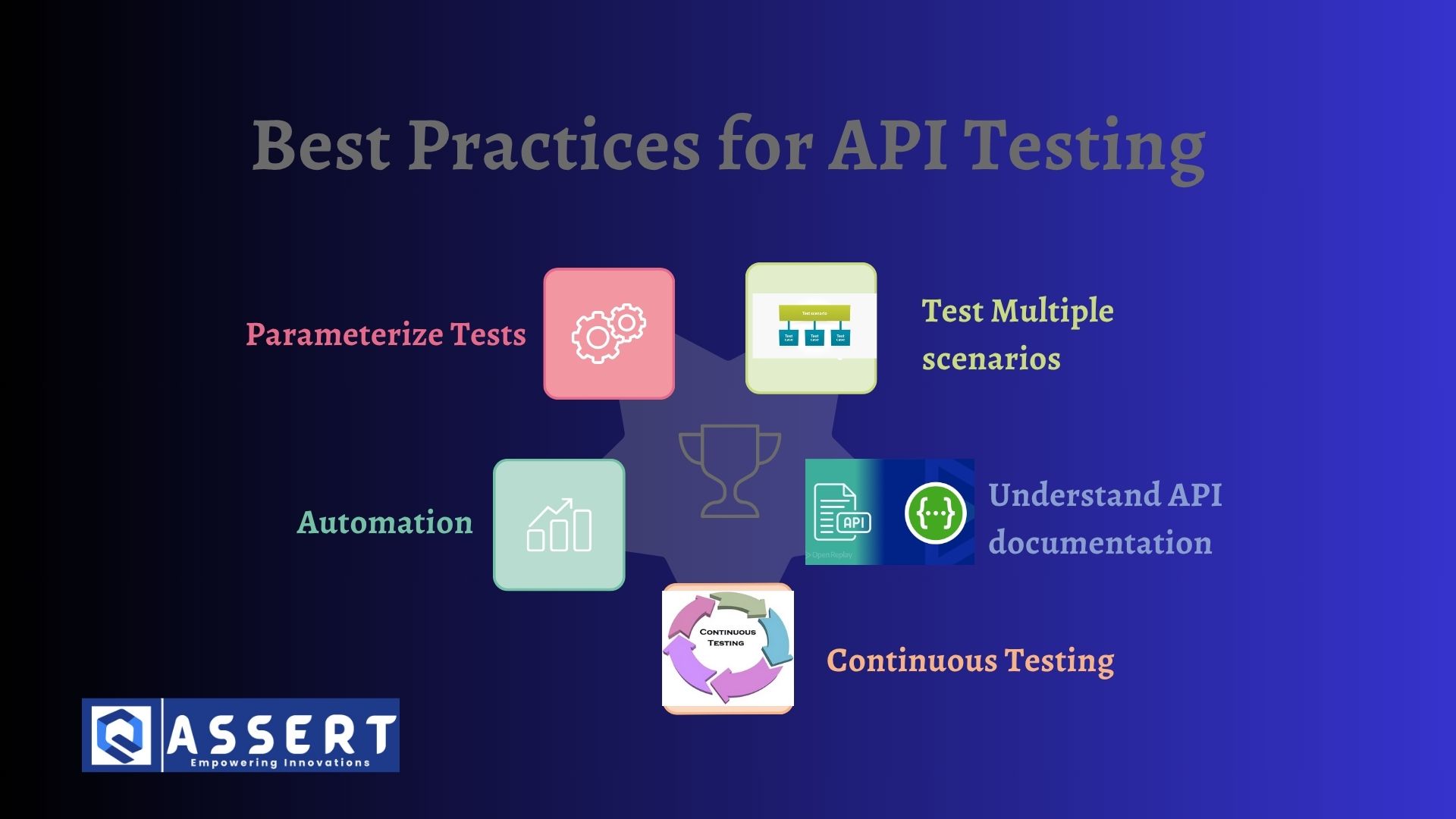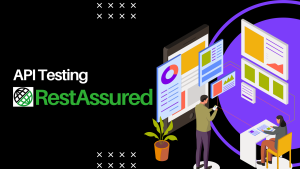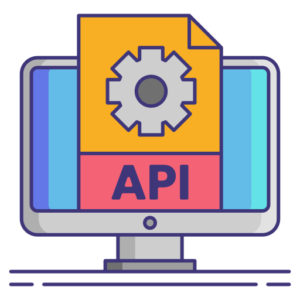In today’s connected world, applications talk to each other using APIs (Application Programming Interfaces). API testing helps ensure these communications are secure, reliable, and perform as expected. In this blog, we’ll explore API testing best practices to ensure your integrations are solid and error-free.
Why API Testing Matters
APIs are the backbone of modern applications. Whether you’re integrating with a third-party service like Stripe or building internal microservices, it’s essential to validate their functionality. Improperly tested APIs can lead to bugs, broken features, and even security issues.
Top API Testing Best Practices
1. Understand the API Requirements
Before writing any tests, understand what the API is supposed to do. Review API documentation like Swagger or Postman collections to gather all endpoint details, request formats, headers, authentication types, and expected responses.
2. Use a Consistent Naming Convention
Name your tests clearly so they’re easy to understand. For example:GET_UserDetails_Returns200_OK
Clear naming improves readability and helps during debugging.
3. Automate Wherever Possible
Manual API testing is useful for quick validation, but automation ensures consistency and saves time. Use tools like Postman or frameworks like RestAssured, Karate, or Playwright (for API testing).
4. Test for All Scenarios
Include positive, negative, and edge cases. For example:
- Valid inputs (200 OK)
- Invalid inputs (400 Bad Request)
- Unauthorized access (401)
- Resource not found (404)
- Server errors (500)
This ensures your API handles all types of requests correctly.
5. Use Environment Variables
Avoid hardcoding URLs or tokens. Use environments and variables in your test framework to make your scripts more flexible and reusable.
6. Add Assertions
Always validate the response code, body, headers, and schema. Assertions confirm the API behaves as expected.
Example:
7. Incorporate Security Testing
APIs are often targets for attacks. Test for common security issues like:
- SQL Injection
- Cross-Site Scripting (XSS)
- Authorization Bypass
You can also refer to the OWASP API Security Top 10 list for known vulnerabilities.
8. Run Performance and Load Tests
Test how your API performs under stress. Use tools like JMeter or K6 to simulate heavy traffic and ensure the API remains responsive.
9. Version Control Your Tests
Keep your test cases in version control (like Git). This helps in collaboration and maintaining history when APIs evolve.
10. Integrate with CI/CD
Automate API tests as part of your CI/CD pipeline (e.g., using Jenkins or GitHub Actions) to catch issues early during deployments.
Conclusion
API testing is not just about verifying responses — it’s about ensuring seamless, secure, and scalable integrations. Following these best practices will help your teams catch defects early, build trust in your systems, and support continuous delivery.




